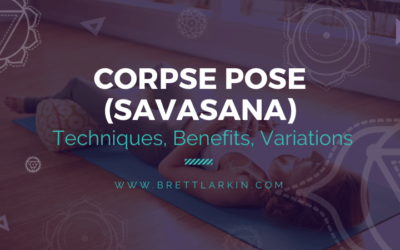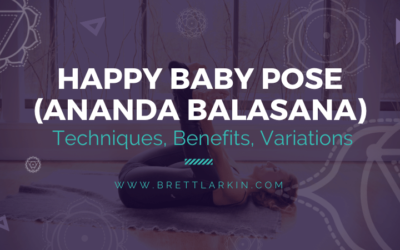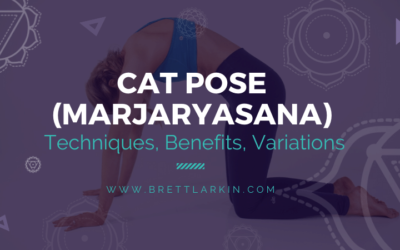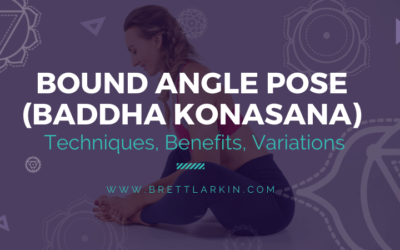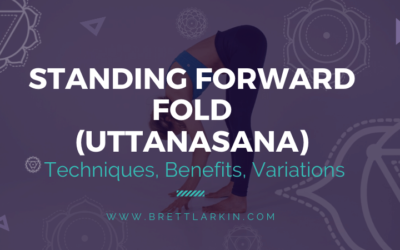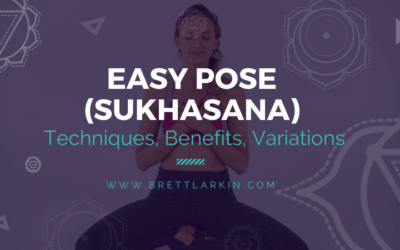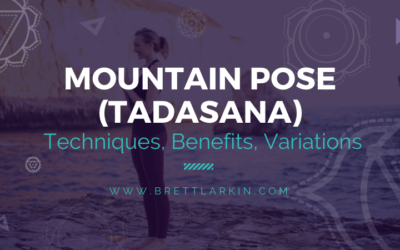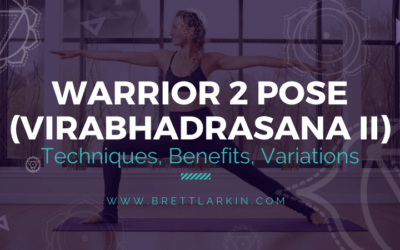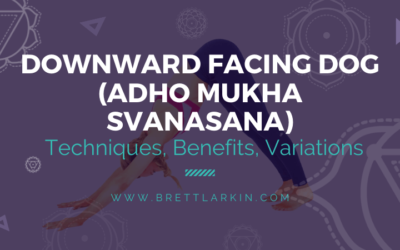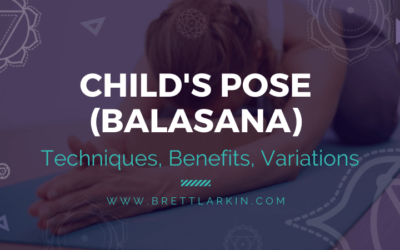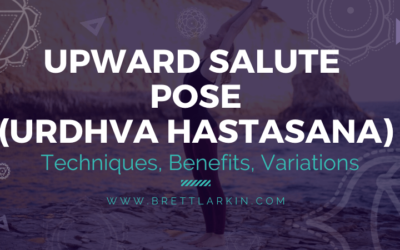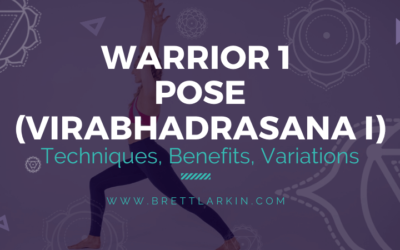Basic Yoga Poses
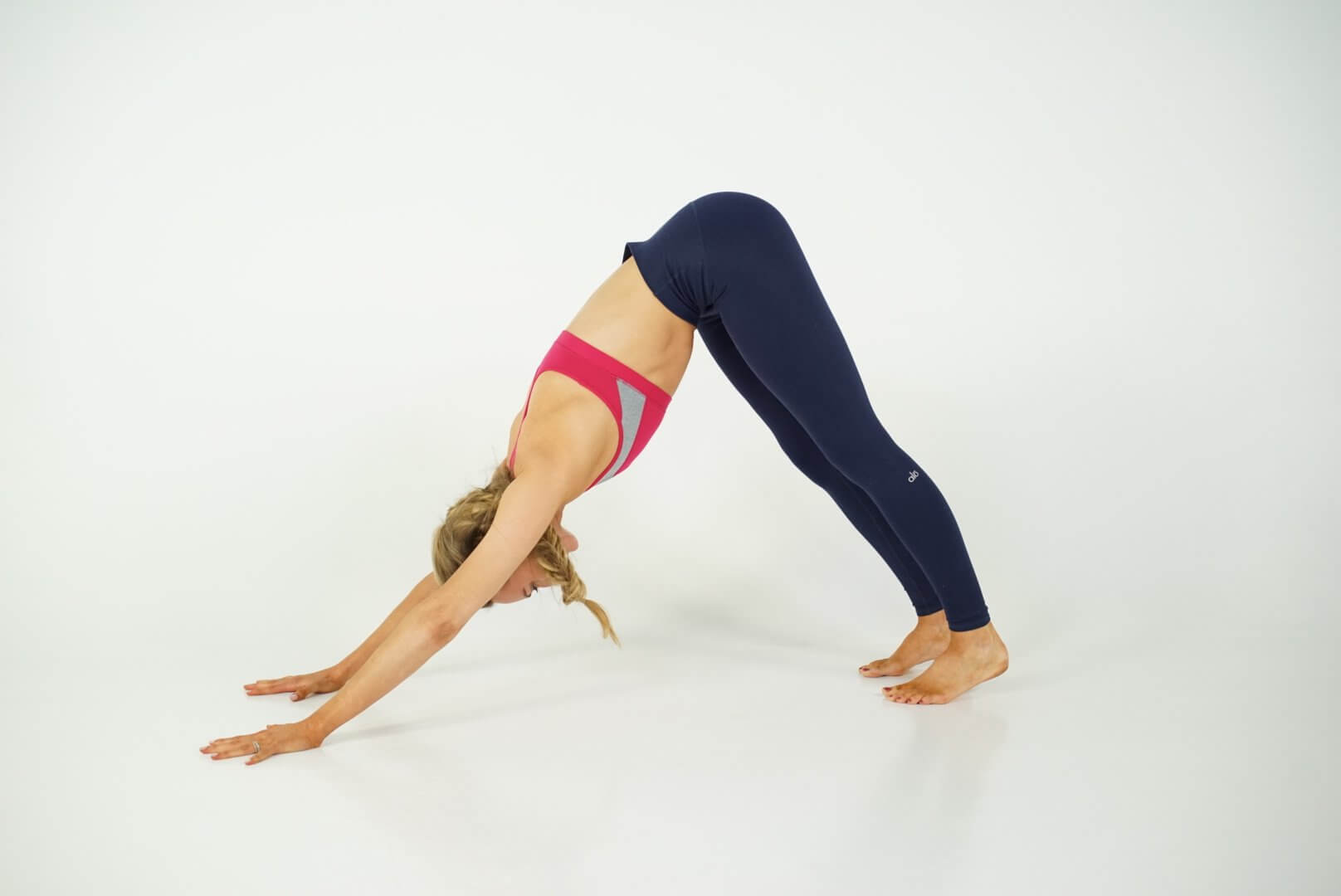
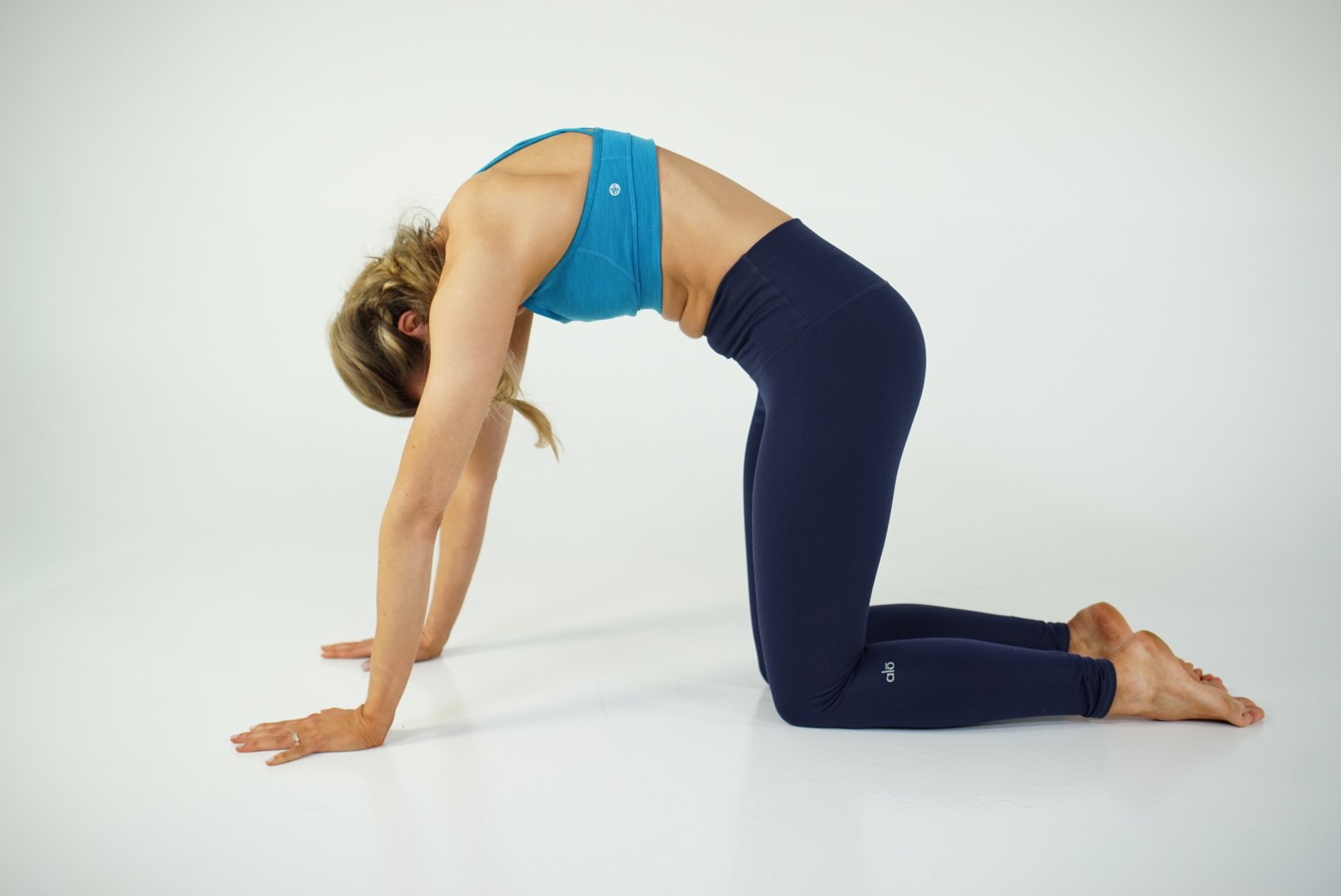
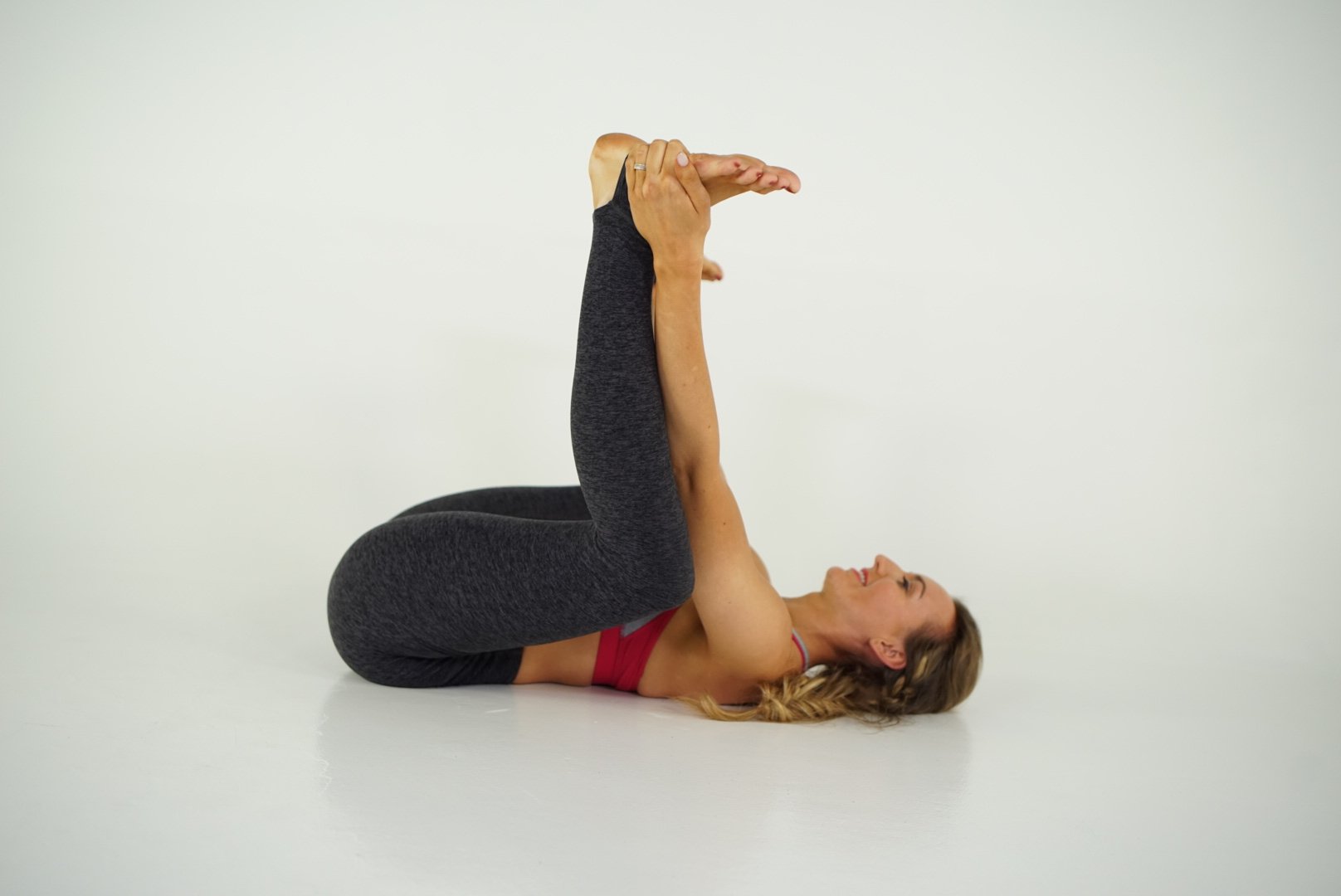
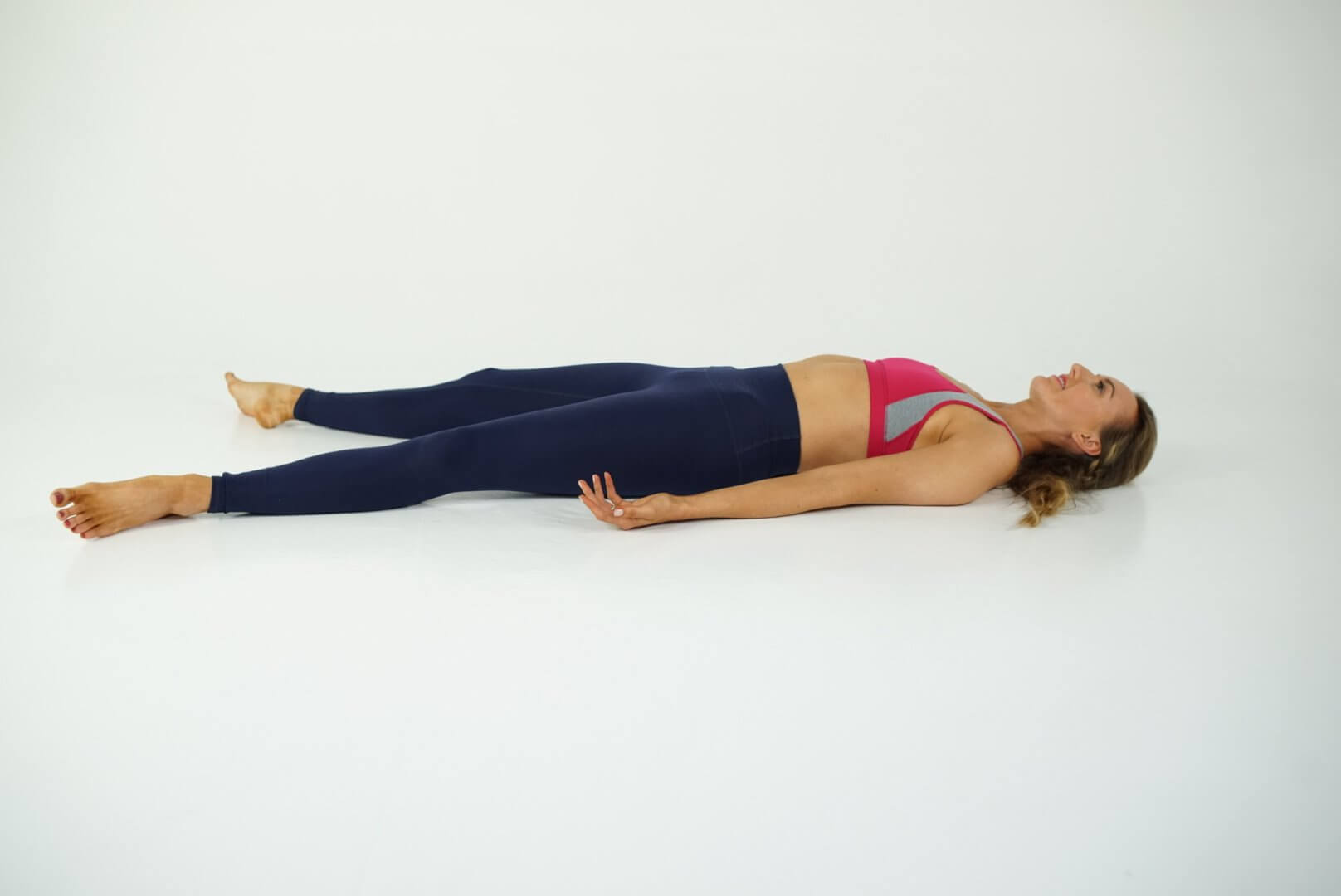
Basic Standing Poses
Basic Poses for Beginners
Recently On the Blog
How To Do Corpse Pose
Corpse Pose (Savasana) is a relaxing pose that allows the major muscle groups to relax, encourages introspection, and helps relieve stress.
How To Do Happy Baby Pose
Happy Baby Pose (Ananda Balasana) is a calming beginner pose that opens the hips, stretches the hamstrings, and releases the lower back.
How To Do Cat Pose
Cat Pose (Marjaryasana) is a great warm-up posture for your yoga practice. Here’s how to do this healing dynamic stretch for the spine.
How To Do Bound Angle/Butterfly Pose
Bound angle Pose (Baddha Konasana), also known as butterfly pose, is a grounding yoga posture and opens the hips and releases the lower back. Here’s how to do it.
How To Do Standing Forward Fold
Standing forward fold (Uttanasana) is a grounding yoga posture that is commonly used in yoga flow sequences, such as surya namaskar. Here is how to do it and different modifications.
How To Do Easy Pose
Easy Pose (Sukhasana) is the perfect seat for your meditation practice. Learn how to do it, common modifications, and when to incorporate it into your practice.
How To Do Mountain Pose
Mountain pose (Tadasana) is a grounding yoga posture that helps us connects with Root Chakra (Muladhara). Here is how to do it correctly with different variations.
How To Do Warrior II
Warrior 2 is one of the most commonly used yoga poses in any yoga class you attend. Learn how to enter into it correctly, adjust alignment, and make modifcations in this post.
How To Do Downward Dog
Downward Facing Dog (Adho Mukha Svanasana) is one of the most commonly practiced yoga postures in modern yoga that connects you with Root Chakra energy. Here’s how to do it.
How To Do Child’s Pose
Child’s Pose (Balasana) is a soothing grounding pose that stretches and releases. Here is a breakdown of how to do it, when to use it, and when not to.
How To Do Standing Upward Salute Pose
Standing Upward Salute Pose (Urdhva Hastasana) is a powerfully grounding pose. Here is a breakdown of how to get into it, when to use it, and when not to.
How To Do Warrior 1 Pose
Warrior 1 pose is a popular posture used in many yoga sequences, especially in Vinyasa. Learn how to enter into the pose properly and how to include it in your yoga sequences.
Main Benefits of Basic Yoga Poses
No matter where you are in your yoga practice, whether beginner or advanced, you will always go through a few basic yoga poses while practicing yoga. In fact, if we talk about the best yoga poses, I’d argue that these fundamental basic postures are the best, even over advanced yoga poses or inversions.
Why? These are the core postures that ancient yogis have been practicing to help them settle into easy pose for their meditation practice. They didn’t need fancy postures or inversions that only true experts could master. They needed a yoga posture that would channel their energy.
Sometimes, that could be mountain pose and other times that could be corpse pose. The truth is that what we often view as easy yoga poses are actually very traditional and important yoga postures to a full yoga practice. Traditional yoga calls for holding a single yoga pose for minutes at a time.
So when we breeze through mountain pose or tree pose, for example, we are missing out on the major benefit of practicing yoga: to prepare for our meditation practice.
By holding easy yoga poses for longer periods, between two and five minutes, at a time, we allow our bodies to build heat throughout our bodies. As we are rooted into the ground, actively engaging in the yoga posture (no matter how easy!), we are working like a conduit that channels the Earth’s energy through our chakra system. The more present and aware we become in the pose, the more quiet the world around us becomes.
Biologically, our muscles and joints get a fresh flow of oxygenated blood, making aches and pains less likely to occur while sitting in easy pose for meditation.
So the next time your yoga instructor has you hanging out in basic yoga poses for extra long in yoga class, take the opportunity to become engaged in it and to deepen your yoga practice.
How to do Basic Yoga Poses for a Deeper Practice
My favorite basic standing pose is mountain pose. Really! It seems so simple yet it is one of the most engaging yoga postures in my yoga practice (aside from downward dog). To practice mountain pose the way the traditional yogis did, follow these cues.
Come into mountain pose with your feet hip width apart. Inhale through the nose, filling your lungs to the brim, and then slowly exhale as you release any tension in your shoulders and jaw.
On your next inhale, let the breath fill your body so that it gently lifts upward, as if a string is tugging at the top of your spine. As you exhale, relax the shoulders so that your shoulder blades gently slide down your back. Continuing to adjust yourself with each inhale and exhale, visualize your adjustments in your mind’s eye.
Now bring your attention to your feet. Gently roll your feet outward so that your weight is evenly dispersed throughout each foot. Now gently pull the outer portion of your ankles away from one another, relieving the pressure on the inner arches of your feet. Continue pulling your legs (gently) apart. Begin first with your right leg and then with your left leg; working your way from your right foot then your left foot, right ankle then left ankle, right and then left calves, right knee and then left knee, right thigh and then left thigh, and then the hips. Engage the muscles in your legs to support your new position.
Gently tuck your tailbone ever so slightly under your hips. Don’t push too far, we’re looking for a neutral spine here. You’ll know you’ve found it when your lower back releases the tension it was previously holding.
Engage your lower abdomen so that your stomach is held flat. Do not tense or flex your ab muscles, simply engage them so they aren’t protruding. Lift the middle of your back, as if it is pushing up against your rib cage and lifting your chest upward and forward.
Use the muscles between your shoulder blades to push forward, providing you space in your chest. Now gently engage your shoulder blades, pulling them backwards toward each other. Breathing steadily, engage your arms so that your hands are open and facing forward. Allow each arm to fall to the side comfortably, though engaged.
This is not a tense posture but an engaged one.
Lift your chin slightly to relieve pressure from your neck, and relax the muscles in your face.
Breathing deeply, scan over your body and adjust so that your legs, hips, spine, and neck are all stacked on top of each other. Remain engaged and present in this posture for two minutes, allowing yourself to rest in it for longer if you need to.
You can bring this level of awareness and engagement to any yoga pose. This is the entire practice of Hatha Yoga, moving slowly from on pose to another. With this level of awareness in each posture, from Warrior II to chair pose, your body will be zenned out and ready for meditation by the time you hit corpse pose.
Try These Basic Poses From The Blog
- What Is Asana? One Of The Most Popular Yogi Terms Explained
- 5 Tips For Building Creative (And Safe) Yoga Sequences
- Earthing Yoga 101: 6 Poses To Connect With The Earth (Root Chakra)
- Yoga For Runners: 7 Poses That Will Help You In The Long Run
- Yoga For Knee Pain: 7 Yoga Poses For Stronger Knees
- The Basics of Hatha Yoga: 10 Classic Hatha Yoga Poses

